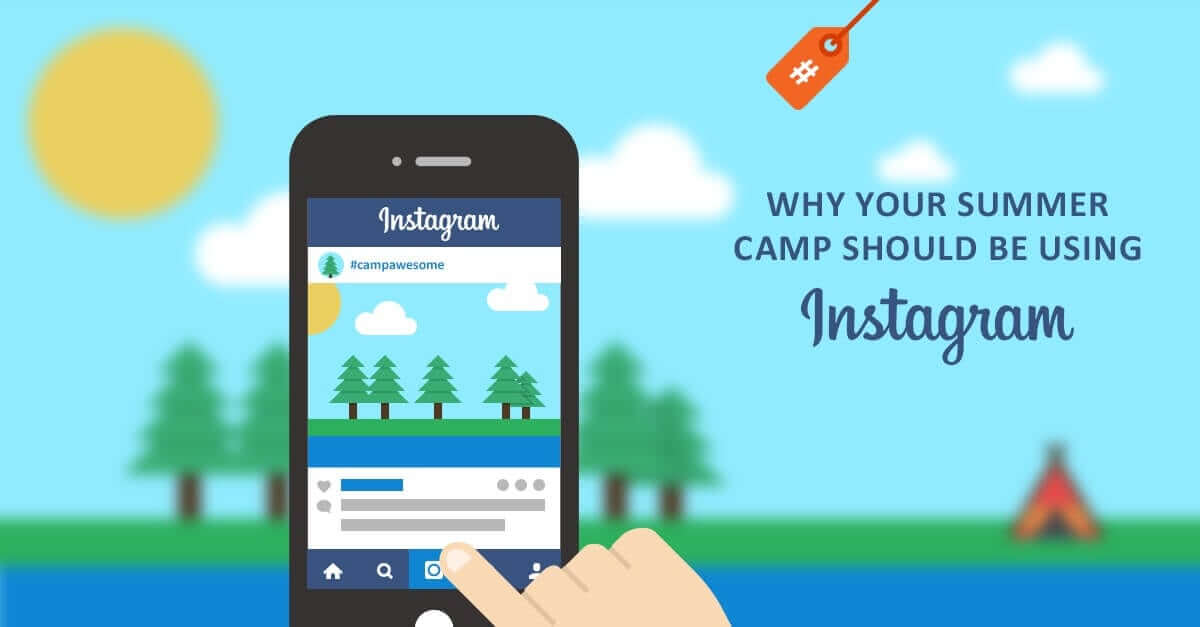Fact of the 21st century: people don’t have time. They are constantly under information overload and they want what they need NOW! That means you have a big problem. No matter what industry you’re in (camps, education, conferences, membership, etc) you want to get your emails, facebook posts, tweets or blog posts read. And that will happen only if the subject line or title is clicked on. all starts with the title of these. How do you do that? By making sure to you are posting titles and subject lines that are the ideal length!
I’ve written before on crafting great and effective emails as well as general communicating effectively with clients (here and here), but did you know there’s actually been RESEARCH conducted on the ideal lengths of email subject lines and email content?! How exciting for a numbers guy like myself.
This research usually goes hand and hand with ideal lengths for social media content as well – Tweets, Facebook posts, blogs, etc and because I’m into that stuff too, I am bringing everything together.
At Regpack I’m always striving to find the right balance between the time I spend posting and utilizing social media, emailing with clients, and all the other tasks a start-up CEO does (it is really endless!). I need to use my time wisely and get the best bang for my buck when working with social media. Having data to go on when it comes to crafting the perfect Facebook post or prepping blog posts is always helpful when you feel like you’re swimming around in a huge ocean of WORDS and PICTURES and POSTS and feel overwhelmed (or is that just me?!). And now to the goodies 🙂
What’s the ideal length of an email subject line?
This awesome article was put together by MailChimp using data collected from over 200 million emails which I guess is easy data to come by when you’re in the business of bulk emailing 🙂
They found that the best email headers were short and descriptive (ok, duh) and using cheesey phrasing actually meant a person was less likely to open the email. That’s interesting since at least in my mind, something funky or quirky might stand out and thus get your email read, or at the very least opened. But the data says otherwise. It is important to note that the research was done on clients of MailChimp which normally use the service in order to send offers and marketing emails. This data would be different when you are communicating with an engaged audience such as a members list or your clients. The numbers are still interesting nevertheless.
While MailChimp’s survey ended up concluding that the length of an email subject line meant little in terms of open rates, another study found that the ideal length for an email header is 28-39 characters and headers with 51+ characters performed the worst, which for those who are very numbers oriented is helpful.
Let’s stop for a second and ask “why” is the 28-39 character length the best performing? The answer is in the presentation of the subject line in the email client people use. Given that today the most common screen size is 1366×768 and that the subject line in email clients such as Gmail and Outlook react to the screen size you can see that a subject line of 28-39 characters will not get cut off when the user views their email list. Longer subject lines will get cut off and the user might feel they do not know what they are going to see. Less than 28 characters makes it hard to be descriptive about what the email is about. So… this ideal length sort of makes sense. Note that this obviously is not correct when most of your users are going to open the email on a mobile device. Then you would push towards 20-28 characters since that is what they will be seeing.
Content is key too – using specific words and avoiding others. Subject lines with personalization, localization and timely and useful information are the most opened. “Important travel information” is an example used here with a 90.1% open rate.
What is the ideal length for emails?
Once you’ve finished carefully crafting and counting your subject line letters, then comes the actual content writing. Now, before I even start, there seems to be no hard and fast rule about the total length of an email, since every email content is going to vary widely. Obviously a reminder to register vs a payment confirmation email are going to vary greatly as the amount of information for each type of email is vastly different.
However, there are some stats about ideal paragraph length and the golden rule that less is more – keep your text clear, concise and include only information that is truly relevant to ensure the reader absorbs as much of what you NEED them to without overloading them. How many times have you opened up an email that is really long only to close it and say to yourself “I will get to that later”. You do not want your email to be that email!
This email content focused article suggests that emails never be longer than 750 words. They suggest, similar to the article mentioned above, that creating short text blocks is helpful and key to keeping a reader’s attention (100-200 words max). They also suggest breaking up your text with headlines or bolded text, or even images (which I don’t necessarily recommend in an email because of formatting).
And who knew!? There are words you might consider avoiding in your email, as these words may trigger a person’s spam or junk folder to chuck your email there before it has a chance of being opened! Think twice before using any of these words or word combos:
- Free
- Visit our website
- Opportunity
- 50% Off
- Click here
- Call now
- Subscribe
- Bonus
- Discount
- Save up to
- Winner
- Prizes
- Information you requested
- Important information regarding
- Guarantee, Guaranteed
- Special Promotion
- Great Offer/Deal
- All New
- One Time
- Order Now
The ideal length of a Facebook post.
The short answer: 40 characters or less.
Which isn’t a lot at all!! Sheesh! I thought Twitter was limiting. But according to this article, Facebook posts with less than 40 characters had 86% higher engagement and posts with 80 characters or less had 66% higher engagement.
The ideal length of a Tweet.
The short answer: 100 characters.
This study shows that 71-100 characters is ideal as it is long enough to actually say something, but short enough that it can be retweeted and the retweeter can also add his own comment. Also, tweets with 71-100 characters had the highest retweet rate (0-40 character tweets had the lowest)!
The ideal length of a headline or blog post title.
The short answer: 6 words.
What!?! 6 Words! That seems like not a lot of words to get your point across and worded in a way that will get someone to click your post and read it! (Sadly this post has 10 words but 5 are in brackets so I don’t know if that is cheating or not)
In this blog post (with a 4 word headline I might add), he suggests that people scan headlines and often only absorb the first 3 words and last 3 words of a headline. So there you go.
The ideal length of a blog post.
The short answers: 1600 words OR 7 minutes.
This data comes from this study and concludes that attention span for a post peaks at 7 minutes and then starts to go down.
This article claims that the ideal WIDTH (!) of a paragraph is 40-55 characters which “ensure(s) maximum comprehension and the appearance of simplicity”. This also equals a content column that is 250-350 pixels wide. So get your webmaster to set the width on your blog accordingly.
Conclusion
And with that, I’ve probably maxed out my word count for this post, included too many words in my header and will write too long (or too short) of a Facebook and Twitter status to publicize this post. You’ve probably even stopped reading so whatever I say here is moot. (Though there is another article that says writing a conclusion for every blog post is helpful since often times people read the beginning and end of a post!).
The bottom line though, is don’t get hung up on counting words too much (just like you shouldn’t get hung up on counting calories!) because you might end up compromising the quality of your content! Having in the back of your head that a post or email or headline might be too long and thus your message might be lost is a good thing to consider along with all the other great things to consider – grammar, tone, formating, image use, etc when it comes to your ‘voice’ and the ‘voice’ of your organization when posting on social media and communicating with clients!
We’re here to give you the best SMM panel services from SMM Raja to grow your social media accounts. In no time, you will have an unmatchable organic growth of subscribers, followers, and likes. Getting engagement from real people on social media networks will help you to build your brand awareness and online credibility.
Good luck and God speed!

















